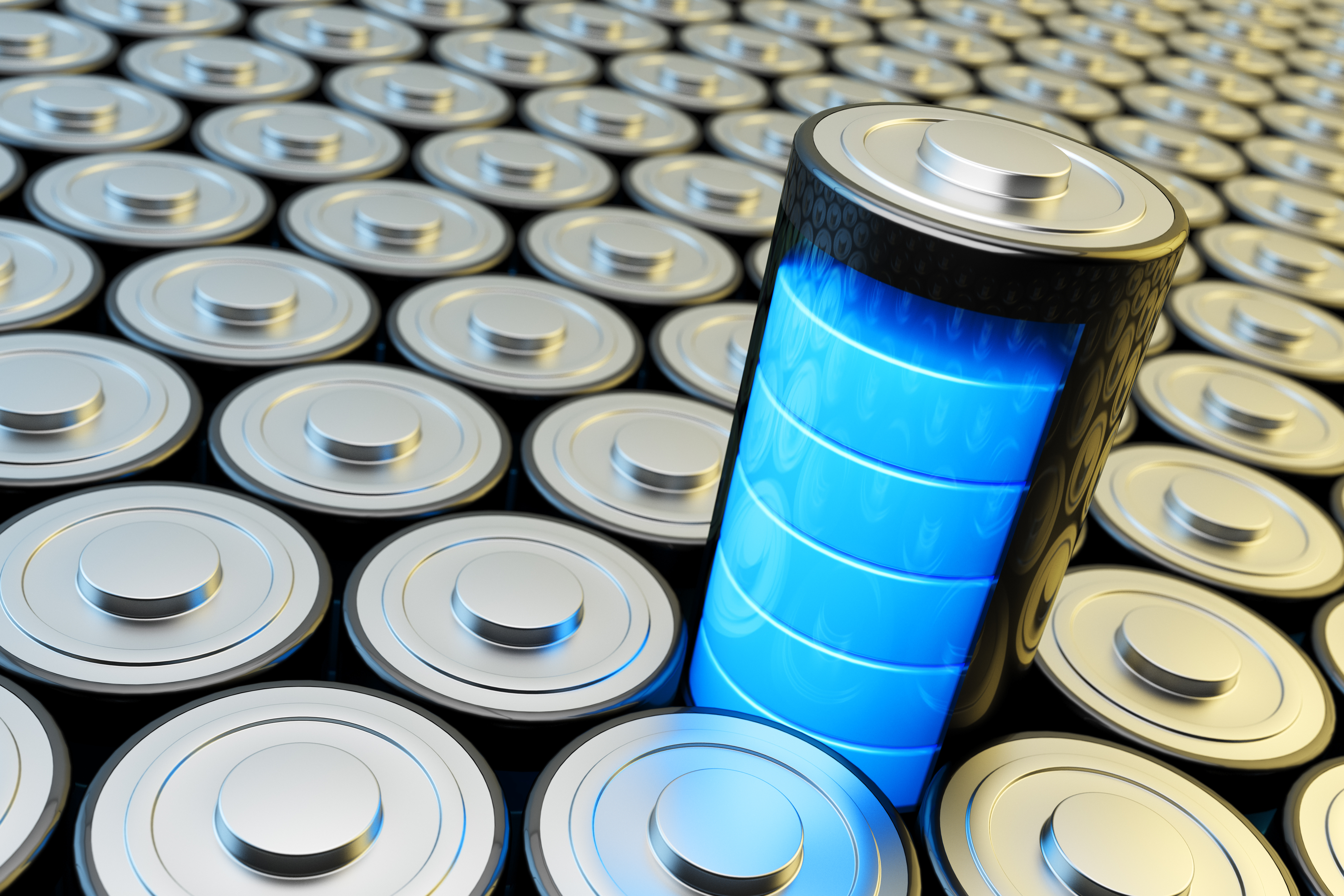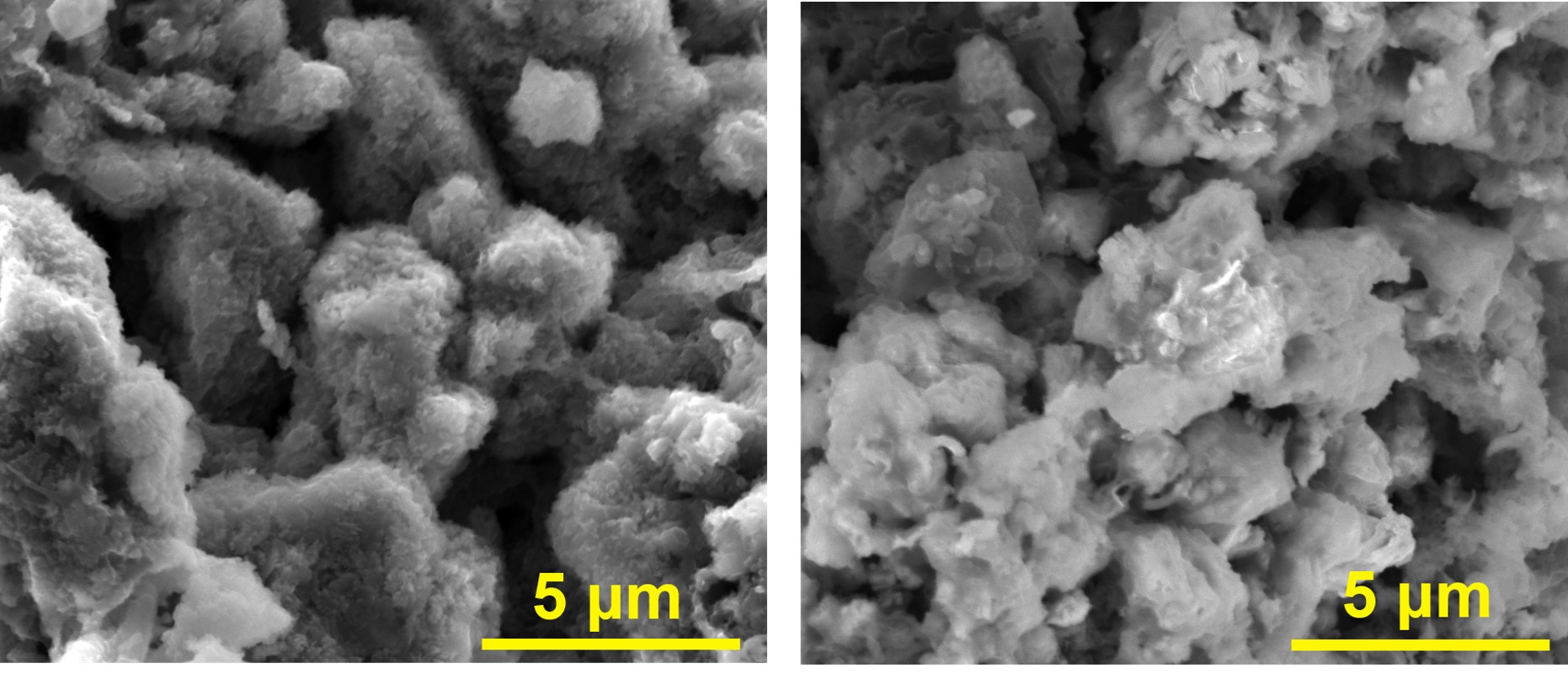
By Heather Hamilton, contributing writer
Rice University chemist James Tour recently developed anodes composed of porous carbon made from asphalt creating a substance that demonstrated a high level of stability after over 500 charge-discharge cycles. At 20 milliamps per square centimeter, the high current density of the material indicated its potential for rapid charge and discharge devices in which high power density is a necessity.
The research can be found in the American Chemical Society journal ACS Nano and couldn’t have come at a better time as lithium-ion batteries approach a performance ceiling. With lithium-air and lithium-metal batteries in development, Tour’s discovery represents a significant leap forward.
“The capacity of these batteries is enormous, but what is equally remarkable is that we can bring them from zero charge to full charge in five minutes rather than the typical two hours or more needed with other batteries,” says Tour.
Previously, his lab used an untreated gilsonite derived of asphalt to capture greenhouse gases from natural gas. Then they mixed asphalt with graphene nanoribbons, which is conductive, and composite coated with lithium-metal through electrochemical deposition. The anode was combined with sulfurized-carbon cathode to produce full batteries, which showed a high power density of 1,322 watts per kilogram and high energy density of 943 watt-hours per kilogram.

Image courtesy of Rice University: Asphalt with graphene nanoribbons and lithium (left) vs. the same material without lithium (right).
After testing, researchers noticed that carbon mitigated the formation of lithium dendrites, which penetrate the electrolyte in a battery. Should they invade far enough, they can short-circuit the anode and cathode and drive the battery to fail, explode, or catch fire. Conveniently, dendrites do not form in the presence of asphalt-derived carbon.
Previously, Tour noticed that graphene and carbon nanotubes also prevented dendrites from forming but says that the new composite is much simpler.
“While the capacity between the former and this new battery is similar, approaching the theoretical limit of lithium-metal, the new asphalt-derived carbon can take up more lithium-metal per unit area, and it is much simpler and cheaper to make,” said Tour. “There is no chemical vapor deposition step, no e-beam deposition step, and no need to grow nanotubes from graphene, so manufacturing is greatly simplified.”
Tuo Wang, a graduate student at Rice, is the lead author of the paper. Rodrigo Villegas Salvatierra, Almaz Jalilov, and Jian Tian co-authored the research.
Sources: Rice University, ACS Nano
Image Source: Rice University
Advertisement
Learn more about Electronic Products Magazine





